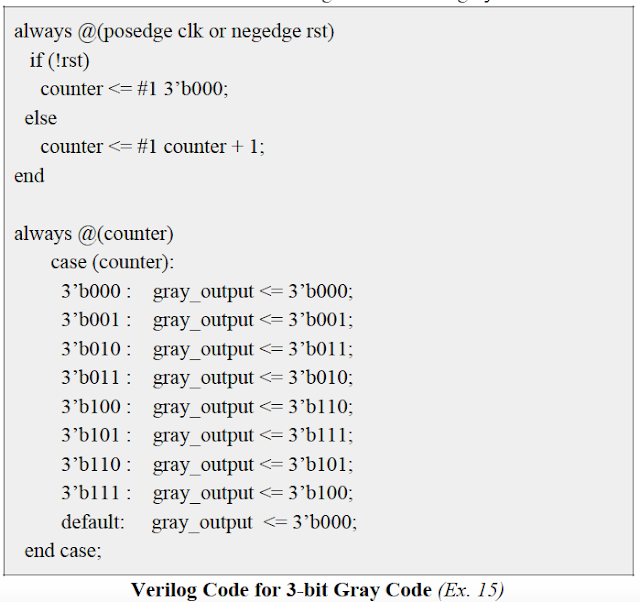
So, bit3 gets what was previously in bit2, bit2 gets what was in bit1, and so on. When the block is triggered on a positive clock edge, we simply shift the contents of each flip flop to the next flip flop in the chain. The sensitivity list tells Verilog when to evaluate the statements in the block in this case, we evaluate the block on every positive clock edge clock). The procedural block starts with the always keyword, followed by a sensitivity list. Now, we need to tell Verilog what to do with these flip flops, and this is accomplished in a procedural block.Ī procedural block can be used to define either combinational or sequential logic but, in this example, we’ll only use one for sequential logic (logic with stored values, e.g., in flip flops).

The bit3 flip flop will have its output connected to the shift_out port, and we have accomplished this with an assign statement, which can be used for wiring and combinational logic. The bit0 flip flop will have its input connected to the shift_in port we’ll take care of that in the next block of code. Here we have four flip flops named bit0 through bit3.

We can create a flip flop using the reg keyword: reg bit0 Like the diagram above, we’ll use four flip flops for this 4-bit shift register. Next, we need to define the circuitry and wired connections for our shift register. For now, we just have a shift input, a clock input, and a shift output. The input and output statements are port declarations-they determine what connections will be available when we instantiate our shift register. With our shift register declared in a module, we can instantiate as many copies of it as we wish, connected how we like in a larger circuit. Modules form the basic building blocks of a Verilog-based design.

We’ll start with a module declaration: module shiftReg4(
Verilog bit count code#
This will also allow us to download our code into an FPGA to actually see it in action! We’ll aim to write synthesizable code in this example.
Verilog bit count software#
Verilog bit count how to#
This article will discuss how to implement a shift register in Verilog.


 0 kommentar(er)
0 kommentar(er)
